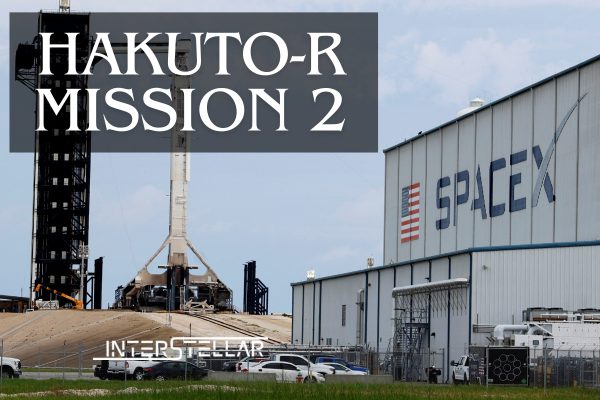Global Moon Race Heats Up with Dual Lunar Lander Launch
Two moon landers, one from Japan and another from US, Ispace and Firefly respectively, were mounted atop a SpaceX rocket in Florida on Tuesday. The Ispace and Firefly launch signifies a unique double moonshot, highlighting the international push to explore the lunar surface for scientific and commercial purposes.
Ispace’s Second Moon Mission: Aiming for Redemption
Japanese space exploration firm ispace is preparing to launch its Hakuto-R Mission 2. This marks its second attempt to land on the moon after a near-successful mission in April 2023 ended in failure due to an altitude miscalculation during its final moments.
The Hakuto lander, aptly named Resilience, is carrying $16 million worth of customer missions and six scientific payloads. Among these is an in-house Micro Rover designed to collect lunar samples. According to Jumpei Nozaki, ispace’s Executive Business Director, the lander will take a carefully planned, energy-efficient route that leverages the gravitational pull of the Earth and moon. This winding trajectory will lead to a scheduled touchdown in the summer of 2025, four to five months after launch.
Firefly’s First Lunar Lander: Blue Ghost
Firefly Aerospace, a Texas-based company, is debuting its Blue Ghost lander. This mission, part of NASA’s Commercial Lunar Payload Services (CLPS) program, is carrying 10 payloads funded by NASA and private partners, including a payload from Honeybee Robotics, a Blue Origin subsidiary. Blue Ghost is expected to reach the moon roughly 45 days after launch, targeting March 2025.
The mission will last one lunar day, approximately two Earth weeks. Like ispace’s Hakuto, Blue Ghost will not survive the harsh lunar night, where temperatures can plunge to -200°F (-128°C).
Renewed Interest in the Moon’s Potential
The moon has become a focal point for governments and private companies alike, spurred by its potential to host astronaut bases and yield resources for future space exploration. This resurgence mirrors the Cold War-era space race, blending national prestige with geopolitical competition.
NASA’s Artemis program aims to return humans to the moon by 2027, with potential delays. Meanwhile, China is targeting 2030 for its first crewed lunar mission, following a series of robotic explorations. The US-based CLPS program, under which Firefly’s Blue Ghost operates, is intended to stimulate private-sector lunar exploration and research, paving the way for human missions.
However, NASA’s lunar ambitions may face shifts under changing political leadership. As of now, the agency remains focused on delivering groundbreaking science, regardless of future adjustments.
With inputs from Reuters





